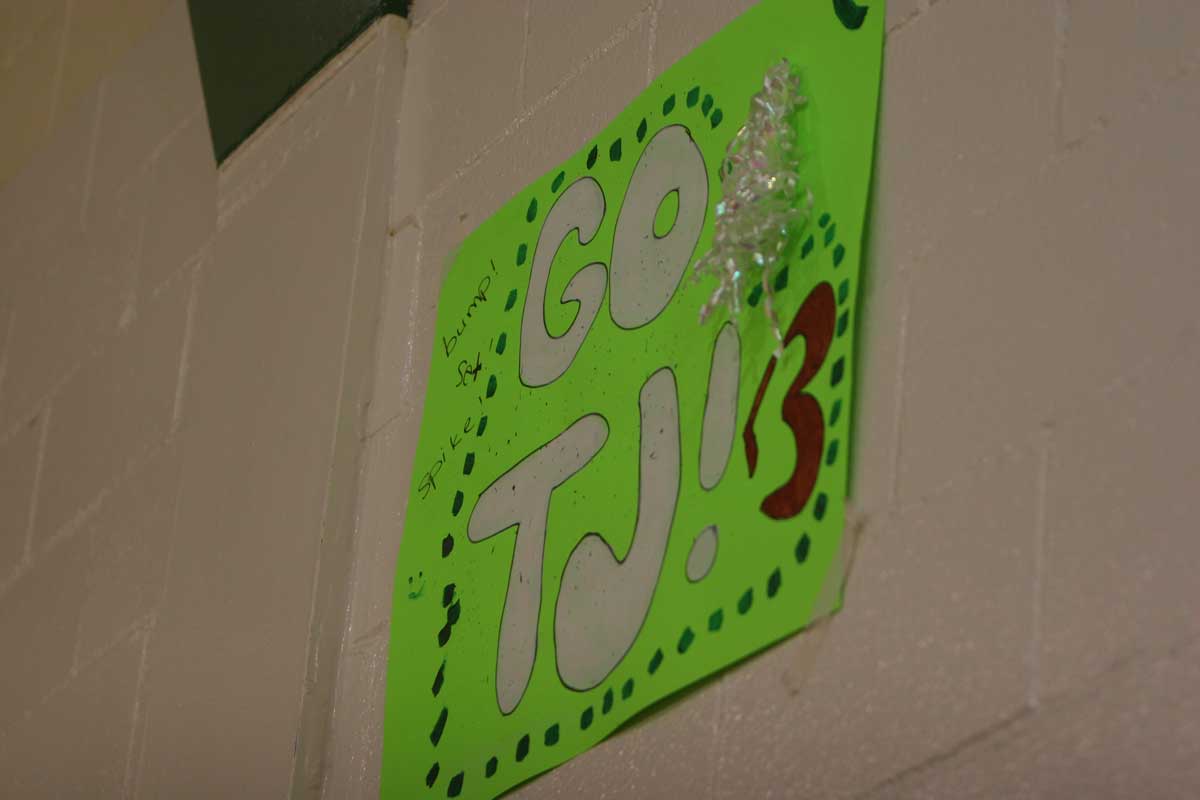Written by Jennifer Hurley, Media Center Specialist at Thomas Jefferson Middle School
Award-winning Native American author Sherman Alexie begins his essay “Superman and Me” with a simple, declarative statement: “I learned to read with a Superman comic book.”
Alexie’s essay recounts an early interest in reading and a genius-like gift for it, revealing that at three-years-old he used Superman comic book images to establish the narrative; in other words, he couldn’t read the words contained in the captions and speech balloons – but he could speculate and reconstruct the story based on the pictures – eventually learning to read by “pretend[ing] to read the words.”
That idea – of learning to read by fabricating a story based on illustrations alone, reading by stating out loud or thinking what images communicate – stuns me. Living in an image-drenched world means that our young people actively sound out words that accompany visuals, visuals both powerful and beautiful, and sometimes inappropriate, scary, or potent. It makes sense, then, that a 21st century learner must study the importance of reading visuals in an informed, critical way.
When considering the adage, history repeats itself, it seems viewing visuals in an evaluative way might help to prevent certain events and circumstances from recurring, say for example, possibly help end cycles of violence.
Google image search mass graves and witness years and years of thoughtless slaughter. If viewers only see it as a picture, and not a story of familiar and unfamiliar language expressing what happened to both the individual and to humankind, is it more likely to happen again? Perhaps being able to restore the story, being able to interpret and translate, we can expect to affect change. Maybe that’s too much to suppose - but I don’t think so.
What stories remain unearthed, what valuables remain undiscovered, in the visuals of our textbooks, of our library books, of our curriculum resources?
Today’s students will transform into visual archeologists, digging in the dirt, close-reading ancient sites with sifting screens, handling artifacts with care, identifying those universal ideas and emotions that should connect us to one another – and connect, hopefully, back to ourselves.

